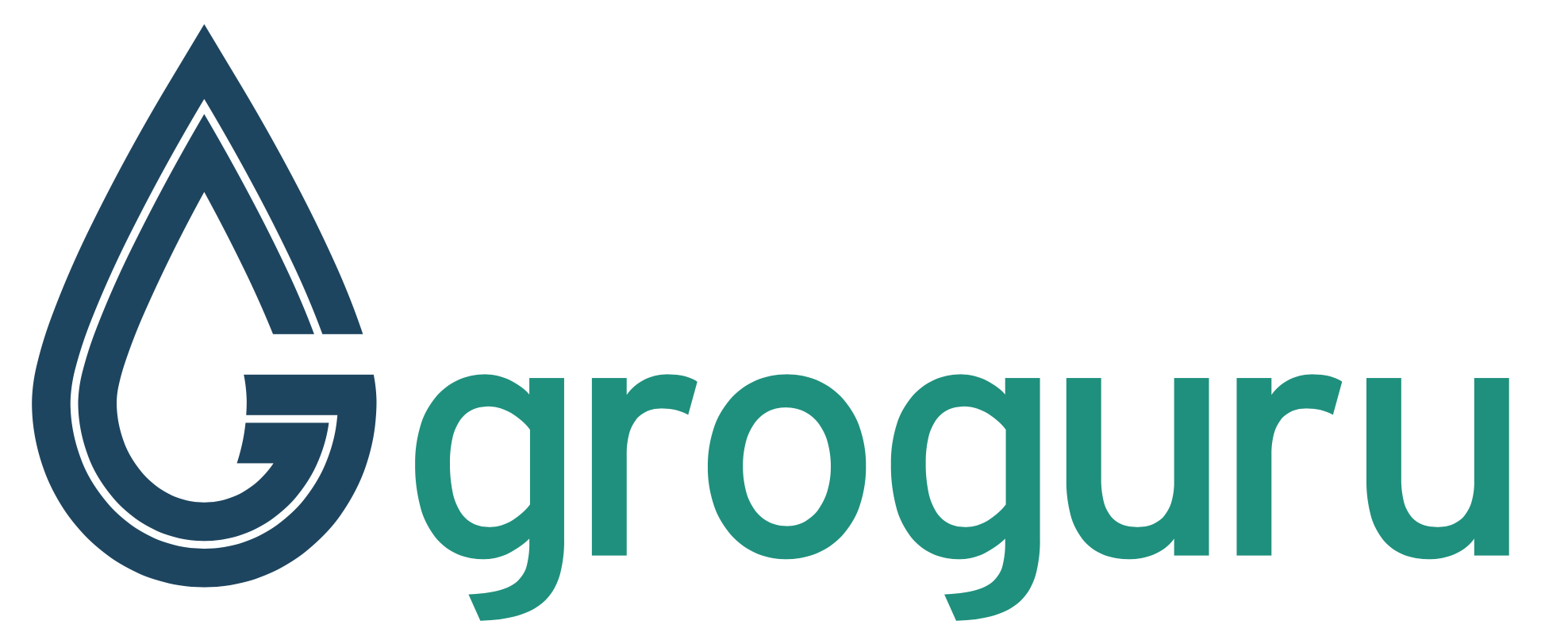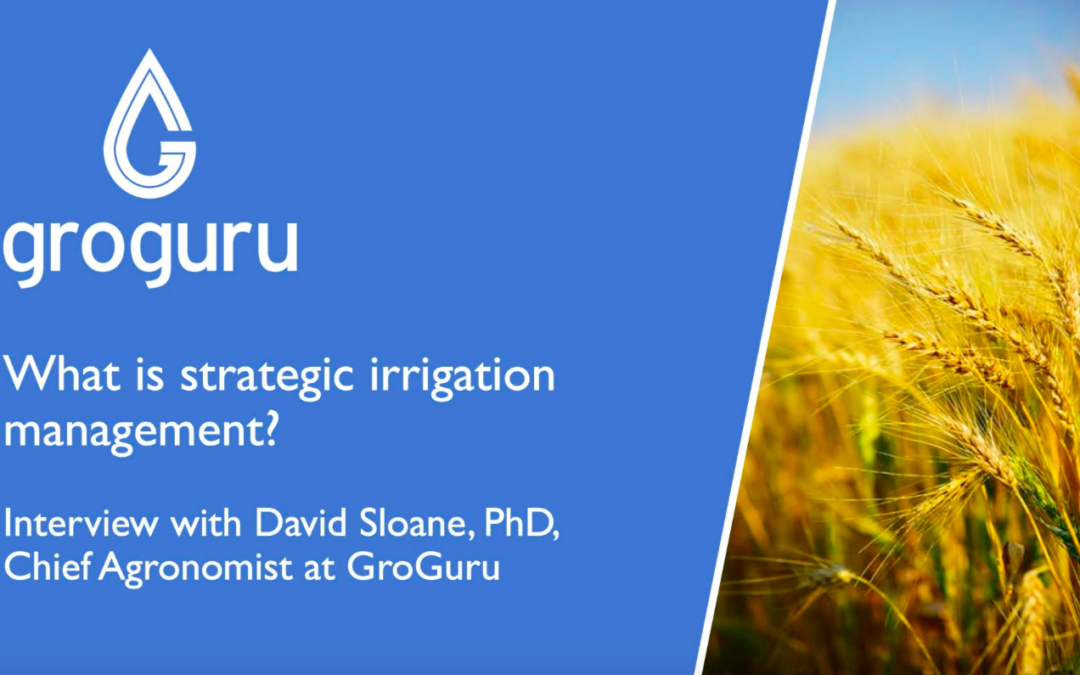In this interview with Patrick Henry, CEO and our Chief Agronomist, David Sloane, they discuss how David got into the art of agronomy, what irrigation agronomy is, the benefits of using soil sensors, and more! Watch the video below to take a deeper look into the importance of optimal irrigation, and what steps professionals suggest that you take to get there.
Patrick: This is Patrick Henry, the CEO of GroGuru. I’m here today with Dr. David Sloane, the Chief Agronomist of GroGuru. Welcome, David.
David: Thanks, Patrick.
Patrick: Tell me about your background and experience, and how you got into agronomy.
David: The first thing to know about me is that I’m an Aussie. You can hear that by the accent. I grew up in Sydney, but I took off to the country as soon as I could. I got an agronomy degree at Sydney University and got my PhD at the University of Adelaide.
I’ve been working in soil moisture monitoring for well over 20 years now. I got my PhD in plant-water relations. I’ve been working in the industry. I spent some time working with AgriLink in Australia and then Aqua Spy in the US. I’ve spent some time with METOS USA. Here I am at GroGuru.
Patrick: For people who don’t understand as much about crop science, can you describe in layman’s terms, what is agronomy? Then, what is irrigation agronomy?
David: Agronomy is all about growing crops. Irrigation agronomy is all about putting the right amount of water on at the right time to grow the best yield and quality of those crops.
Patrick: That’s what you’ve become a specialist in. It’s irrigation agronomy.
David: Yes. You have to think like a plant. Over the last 20 years, I’ve had a lot of opportunities to watch plants drink and understand how to help them drink better to grow stronger roots and get a better result. I’ve studied how we can save water and make more money.
Patrick: GroGuru is all about helping farmers optimally irrigate their crops so they get better crop yield, save money, and make more money. Part of that is the soil moisture sensor component of the solution. Tell me about your experience of the benefits of using soil moisture sensors for optimally irrigating crops.
David: There’s a wide range of soil moisture sensors. Farmers have been irrigating using all types of decision-making tools, everything from the shovel in their hands to seeing what their neighbor does.
When it comes to sensors, what I’ve found are the best are continuously logged sensors. Even better if you can connect them up to telemetry and get data back in real time remotely. Sensors that I like to use the most are probe style sensors where you have a plastic column with electronics inside it and sensors at multiple depths.
You can measure the entire root zone at once and get a really good picture of multiple levels in that root zone. Watch the plant drinking every 15 minutes throughout the day and watch it rest at night. Once you get into looking at it and you understand what you’re seeing, it’s really fascinating.
Patrick: What is the difference between measuring water at the root zone with a permanent crop, like a fruit or nut tree, compared to an annual crop, like corn or soybeans? What’s the difference in terms of looking at soil moisture monitoring in those two different scenarios?
David: The way we approach irrigation scheduling is to look at a whole season approach. You don’t need to put the same amount of water on every day of the season or every day of the life of that crop. You vary the amounts. There is a right amount of water to put on at the right time. For example, with an annual crop it’s growing its root system in every year.
If you go at it too hard and you put too much water on too soon, it gets lazy and it doesn’t grow its roots deep. You want to have a deep root system so it can access more water and more nutrients. It will have a bigger motor for when it needs it at the critical time of the year when the yield is forming and it’s hard.
For permanent plantings, the same rules apply. There are different stages of crop growth. It needs different amounts of water at different times.
Even more than that, you can use stress as a weapon. You can hold water back to bring on a change in the plant, and then construct yield in that way. For example, with wine grapes, you can hold water back and stress it. You can do what’s called regulated deficit irrigation to cut down on the canopy so that you don’t get too much disease and shading of the fruit.
When it hits variation and it goes reproductive, you can put a lot more water on. You can finish it off and build the water level moisture up coming into harvest. It’s very much a strategic approach to irrigation management.
Did you enjoy this video? If so, leave a comment and let us know what you liked! We appreciate your feedback! We are happy to talk with you about your specific sensor needs and locations. Please contact us today to get started.

